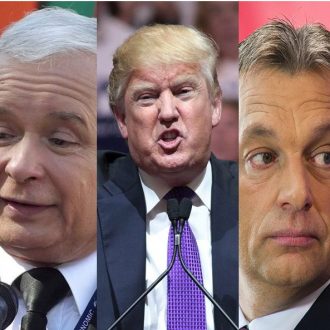David Holyoake has been a facilitator and mediator at The Creative Factory during Place to B : a Fab Lab to create a new climate story. He is a climate campaigner and legal
expert, as well as an artist and Associate Composer of the Australian Music Centre. After co-founding Forever Swarm in 2015, he now leads the next evolution of the swarm concept as Founding Director of Swarm Dynamics.
Looking back on the intense 2 weeks of the Creative Factory we piloted during COP21, it feels like we may have started something big. Place to B-COP21 ran an impressive hub of civil society and media activity involving thousands of participants at the two weeks’ gathering in Paris. A collaboration between Place to B and Forever Swarm, I was fortunate enough to co-direct theCreative Factory, a unique think-make tank focussed on changing the climate story. It brought together artists, poets, actors, campaigners, and journalists to catalyse off-the-grid thinking for transformational climate change communications. The focus was to foster creative, cultural interventions to mainstream the social consensus for urgent action.
I recapture here what we learned about the new climate story. Separately, we will soon post about some of the 18 creative campaign ideas we generated, – new ways in which we might intervene in the cultural landscape to spark transformative change.
1. The new climate story should have the shape and poetics of great stories that have mobilised the masses at transitional points in history
When I asked participants of the Creative Factory what they thought was failing in the current approach of NGOs, scientists, and media in telling the climate story, the response was: a lack of joy or optimism in the solutions, a lack of beauty, lack of humour, and the lack of a myth worth fighting for. We need to inspire change, reveal new pleasures, and renewed meaning that can spring from what the New Economics Foundation calls the Great Transition. Creativity can help normalise new values and behaviours in the mainstream cultural fabric.
The Bible, Torah, through to the epic tales like the Odyssey, Gilgamesh, all exist and persist in our cultural DNA. Buried deep in our psyches, their basic shape might give clues to encoding collective meaning. Whether it’s Martin Luther King’s ‘I have a dream speech’ or the teachings of Jesus these great stories seem to follow a basic shape of: struggle -> resolution (or redemption) -> new bliss, and are always imbued with the alchemical power of poetry in the way they are delivered or performed. Apart from fossil fuel phase out, neither the alternatives of the ‘struggle’ nor the ‘new bliss’ are clear enough for the mainstream when it comes to climate change.
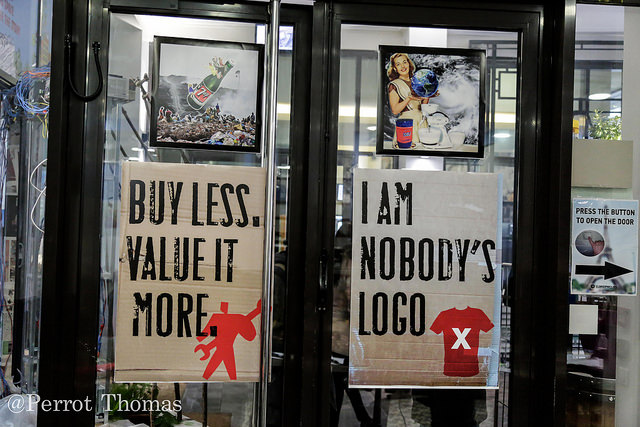
Social branding at The Creative Factory. © Thomas Perrot
2. The need for unifying a progress narrative of transition/emergence.
One of our guest participants from the Institute of Desirable Futures (Alice Vivian) told us that we need to stop talking as if the world is ending, and instead speak as if ‘one world is dying, but another is being born in its place’. The environmental movement has not outlined a clear or comprehensive counter vision of how this new world could be or how it could lead to greater happiness. Many people implicitly grasp that climate is a systemic crisis. The slow collapse of an economic and values system that is failing us in multiple ways, will require far deeper changes than the clean energy transition alone if we are to succeed in preserving a liveable planet.
Also discussed was the need for change makers to work towards a unifying narrative – and a common visual language to draw together the different threads of transition. There are many disparate elements with a common thrust towards a new system. As well as unification, the new progress story should highlight new benefits, like moving towards a more meaningful society centred on happiness or well-being instead of economic consumption growth.
3. Fun, humour, new hedonism, and addressing our inner child can help!
We had a guest talk from a man who spent 5 years condensing systemic analysis of the climate problem into a brilliant educational game that has just been released on Android. He taught us that play is how animals learn. We also read a graphic novel told through the characters of three frogs, by Camille Bissuel, one of our artists in residence.
Both of these examples convinced us that more can be done to harness the power of play. Speaking to the child in all of us – issues can be simplified in an honest way. Managed transition away from consumption growth and away from our fossil fuel addiction also throws up new pleasures – shorter working hours, more leisure time, and new forms of social connectivity emerge from a lot of the academic thinking on ways to manage transition away from GDP growth.
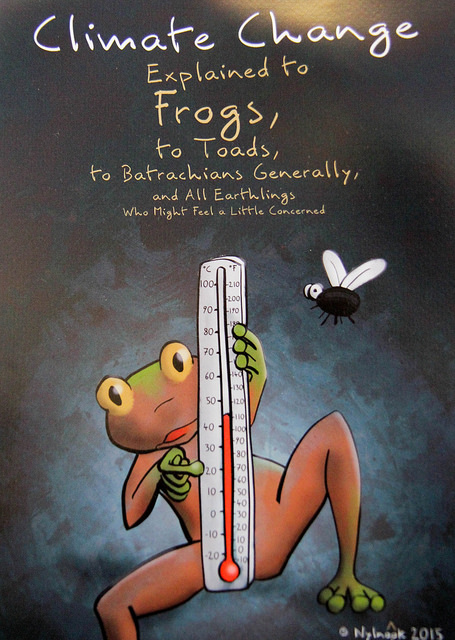
Camille Bissuel’s work. © Marine Girard
4. Spiritual renewal, and becoming more loving climate evangelisers
We were fortunate to engage climate communications expert and Guardian writer George Marshall, and Jamie Clarke, Executive Director of Climate Outreach Information Network with us. They helped us examine what the climate movement can learn from the great faiths, and the role of spiritual revival in transition to a carbon controlled, sustainable world. We reflected on research that suggests that while people of faith can be more receptive to messaging delivered in the language of morality, judgment and blame still don’t work. We need to develop more empathy for people who are not like us, the disengaged, to understand their reasons and motivations. George Marshall stressed the importance of trustworthy messengers, suggesting the value of mobilising more stories of ‘climate sinners’ – the former climate sceptics, or high consumptives, from the political right – who have seen the light and joined the cause.
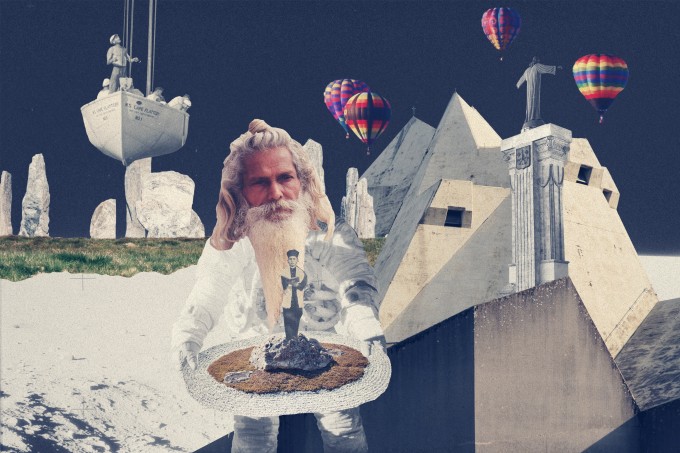
Climate and Faith, by Tibor Miklos
5. Understanding the motivational values of people who are not like us, and frame our messages in ways they can relate to
Many people who don’t care about the abstract notion of ‘stopping climate change’ actively resist such messaging because it is too politically marked – seen as ‘not for me’. We learnt that if we are to succeed in bridging the political divide, we must tailor our messages to tap into what motivates people who are not like us. We learnt that it can be more precise to tailor communication strategies by targeting motivational values (status, social acceptance, security) rather than audiences or age groups.
6. We need to move beyond, the ‘greenie’ frames in which climate change is entrenched
This was my number one take from George Marshall’s book ‘Don’t Even Think About it’ and something that most participants agreed with. We learned that we need new visual and verbal language. From our communications brainstorming that we tasked teams with, we learned the value of ‘surprise’ in helping reach new audiences. One team developed a clever game concept (drinking game, plus online component) targeting young people, at a time when they are in search of personal identity and acceptance of their peers, to educate and normalise ideas around climate change and connection with nature.
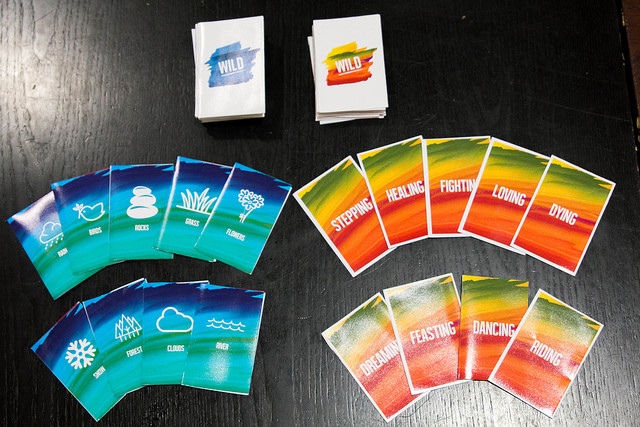
Playing games: a way to reconnect with Nature? © Arthur Enard
7. There is a difference between ‘sympathy’ and ‘empathy’ when talking about climate impacts and climate vulnerable peoples
Studies prove that humans usually act because they feel – not because they think. Sympathy is feeling for someone, empathy is the more powerful experience of feeling with We also need to remember that it is often the personal stories, told honestly, that change us. This was brought home very strongly when Nigel Kelapa showed us images of his sinking paradise home in the Solomon Islands, his people already making preparations to migrate. To foster empathy, we may need new rituals in mainstream culture. We can learn from the techniques of indigenous cultures and their proven ways of creating and maintaining empathy and morality through ritual/art. The arts have a huge and untapped role to play in normalising and emotionalising the cluster of interrelated debates around climate action.
8. The New Climate Story must be articulated through art and popular culture, and we must seek new iconography
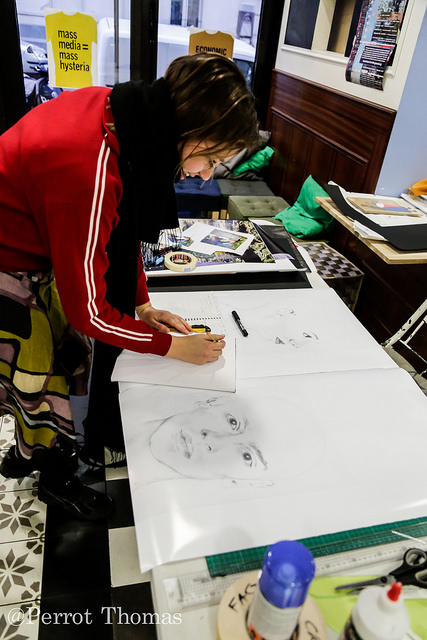
A participant at The Creative Factory. © Thomas Perrot
There is currently a big disconnection between the environmental world and the worlds of popular art and culture, which is one of the reasons I co-founded Forever Swarm in 2015. Creative resources can also help media make these issues more topical and accessible (leaving aside for now the problem of vested interests that work against corporatized media from giving climate change the coverage it deserves).
Popular trends in the arts are always giving us information, but sometimes it’s a whisper. We looked briefly at the role of aesthetics/fashion and how these can reinforce values, such as connection with nature, or certain ideas of identity or progress) in subliminal but pervasive ways.
One participant said that a single image can seize the consciousness of the world, and help cement emerging cultural or moral norms.
Think about the protestors standing before tanks at Tiananmen Square, or the image of the cellist playing in the bombed ruins of Sarajevo. Where is the powerful iconography for the climate movement?
9. We need to confront some of the taboos within the climate movement
Meat consumption is a huge part of the climate problem but hardly any one talks about it. The idea that we can ignore the dilemma of economic consumption growth, or that investment in new technologies alone will save us, is a myth. Confronting the tough changes and finding ways to talk about them is part of the new positive narrative for system change. Courage, can be just as important as ‘strategy’.
10. How we tell the story: the need to be emotionally honest and to improve the performance of leadership.
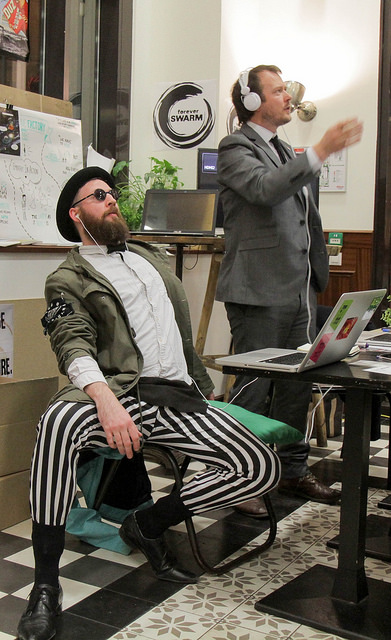
Doppelgangster exploring language, leadership and climate. © Marine Girard
We need to “be the change we want to see” as Ghandi said, but we also need to be more compelling in how we articulate and evangelise. Part of my vision for the Swarm is to re-purpose the role of the artist in society – to get poets and actors to coach our leaders, green parties, and all of us climate influencers in the language and performance of leadership. This is partly about a revival of the art of rhetoric, that indefinable spell that great leaders in the past knew how to weave over a crowd – something that seems to have evaporated in recent decades.
The agreement of COP21 is an important step forward, and leaves a lot to do, but it’s a race against time. From the perspective of cultural change, this race involves a twofold challenge of myth:
- to help mainstream society understand that many of the old myths about consumption, tech-fix, and our relationship with nature are broken,
- and offer compelling new stories that can take root in their place.
But it won’t happen unless we involve the dynamics of our poets, film makers, writers and actors, in collaboration with our experts, reporters and campaigners. And that, is precisely why Place to B and the creative alchemy of the Creative Factory will be continuing. Do get in touch with us if you would like to be a part of this or collaborate in 2016!
 The Creative Factory © Arthur ENARD
The Creative Factory © Arthur ENARD


